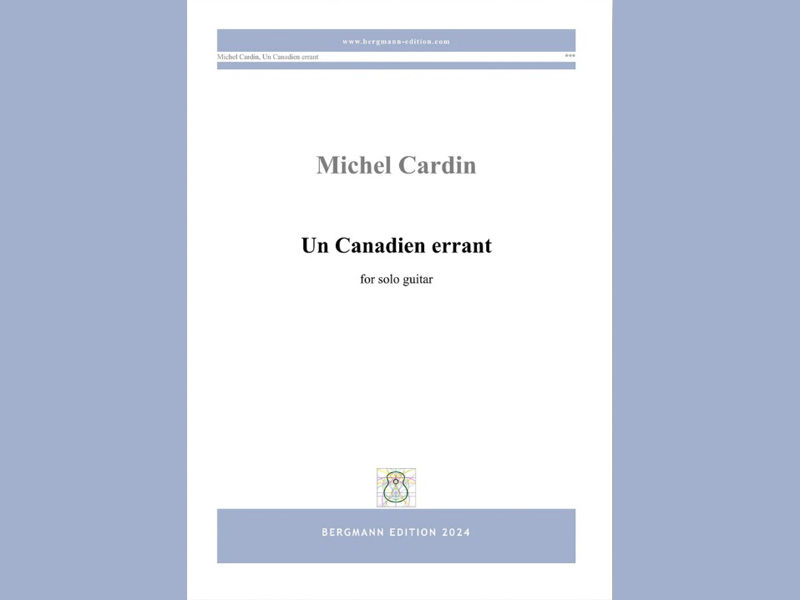Eugenio Catina : Hexachrome –Six Paramodal Studies:Da Vinci Edition
- chrisdumigan
- Feb 19, 2022
- 2 min read
Updated: Jun 4, 2022

Eugenio Catina
Da Vinci Edition: 24 pages
The first thing to say about these six pieces is that they are derived from modal scales of the kind that you might find in Hungarian or Neapolitan music but then altered from there afterwards. The results are some very intriguing sounds that are literally like nothing else I have played before. Mind you, that doesn’t make them easy as they are continuously changing rhythmically and the separate part writing is often quite complex so with the unusual harmonies tied in with that, they really are studies.
Named after the colours , Red , Green Orange Yellow, Purple and Blue respectively they each represent quite a challenge to the player. The opening piece, Red, is marked Festoso Con Vitalita , and moves between 2/4 and 3 / 4 , with many change in rhythm throughout that stopped me in my tracks many times whilst I was playing them. After getting used to the composer’s unusually complex writing however it proved to be a useful piece with some fascinating harmonies along the way.
No2, Green is marked Ostinato , con Slancio, and begins with a 6/8, and 3/8 mix before moving to 9/8 and 2/4 later on .Here often the overriding sound is the minor second that rides around the piece making its presence felt. Again the music is very original, not atonal, but in a tonality that you can’t place and with again with a complex rhythmic quality that is very original.
No3 Orange is a Declamato, senza fretta , again in multiple time signatures with an individuality like the other pieces here that makes it very fresh and full of vitality and definitely not for any player less than advanced in technique , with its almost continual use of flying semi – quavers split between a number of voices .The pieces are very carefully fingered throughout , which is a good thing because you really do need these to understand where the writer wants you to play this.
No4, Yellow is marked Dolce, con tranquillita and is in 5/8 with some bars in 3/8, and again the part writing is in 3 continuous voices that are always moving , and at a considerable pace of 138 quavers a minute.
No5 Purple, is one of the most original ideas with two themes of two bars each , at different speeds , that alternate throughout the piece, and together with double dotted quavers and demi – semi – quavers everywhere to be seen , this becomes quite a handful to negotiate.
The final No6, Blue begins with long chords as the main element before a gradual shortening of note – values and building of tension leads to an Agitato final section that just keeps on building and eventually results in a climactic fortissimo coda
Nothing in these 6 studies is remotely easy. They really do task the player but they inhabit a sound world that is unique and engrossing throughout and as such I can say that many players will find this set wonderful and really worth trying to get their fingers around.
Chris Dumigan




Comments